素早い冒険 // QUICK STINT // AUG:JAPAN
Had a brief stint to explore more design and lifestyle parallels in 日本 - an growing interest after months of fascination over contrasts between Sri Lankan and Japanese typography and humor…
Also forgot what KAHSUUN looks like in front of the camera…
Feb-JUL 2025: PROJECT ROOTS
Developing a youth-led non-profit organization to help Sri Lankan diaspora reconnect to the motherland through culturally immersive volunteering and community initiatives. Visual highlights from our pilot program in July 2025.
15 changemakers: USA/CAN/UK/NZ/AUS
〰️
15 changemakers: USA/CAN/UK/NZ/AUS 〰️
The annual trip to Sri Lanka since I was a kid was a gift I only began to appreciate in my early-20s. Exploring career options drowned me in questions of passion and identity, where answers seemed buried under years of American assimilation. Thankfully, years of social work, volunteering, and international travel helped uncover those answers and eventually find my own voice (which I call: KAHSUUN). But this Sri Lankan-American voice is not one for perfecting, for the real beauty exists in the inevitable imperfections of simply trying.
Thankfully, those years of exploring also brought me to meeting other Sri Lankan diaspora who were on similar journeys to me - leading us to think: how can we enable our people reconnect to the core they have been so longing and far from? Decades of war and economic crises since the 1950s led to a brain drain in Sri Lanka, but the children of Sri Lankan migrants have gained the skills and expertise which their motherland now so graciously asks for.
& this is where Project Roots began:
Explore OUR roots, feel at home, and be inspired to contribute.
For some, it was their first visit
For others, it was their first visit sans parents
For most, it was their first time belonging.
It was surreal to help the pilot program with a diverse team of passionate diaspora and local partners. This journey is an ultramarathon with infinite stages and the mission of belonging will require a plethora of global minds. Stay tuned for more…
Check this out!
〰️
Check this out! 〰️
JUN 2024: Two sides, one fielD
A tale of Sri Lanka’s two main climate zones and its inherent environmental dilemma
Since the Sri Lankan political crisis of 2022, there has been a ton of discourse on how the cabinet’s push for organic farming ultimately failed.
After spending months behind a laptop trying to grasp the nuances of such a complex matter, I had to go see how afflicted peoples were simplifying the system and making do with the lack of productive information.
I went on an escapade through two very distinct farmlands.
One in the wet zone.
The other in the dry zone.
හකුරුතලේ (Ha-ku-ru-tha-le), a wet zone village, surrounds the perimeter of farmland abundant with a matrix of crop diversity. While some sections were fueled by inorganic pesticides, the majority was flourishing from organic fertilizer.
“The other stuff does not work as well,” said Karunarathne - one of the farmers in හකුරුතලේ (man in the first row pic).
The next day, I found myself roaming under a scorching sun along the dry lands of ගන්නෝරුව (Gun-no-ru-wa) to explore how they managed their livelihoods during consecutive seasons of low crop yield. What shocked me the most was their resilience amid strained and contaminated water resources, which some suggest have led to the high prevalence of chronic kidney disease of unknown etiology (CKDu) throughout their village.
I am currently working on a paper and a series of documentary shorts to capture what lessons we can learn from the inherent resiliency of rural farming communities in times of health and financial ambiguity.
I argue that we must mobilize efforts in the research domain so insights can be more readily disseminated to afflicted communities. One small insight can catalyze a new batch of variables to consider in environmental modeling techniques, but there must be a way to encourage research investigations in tandem to community action.
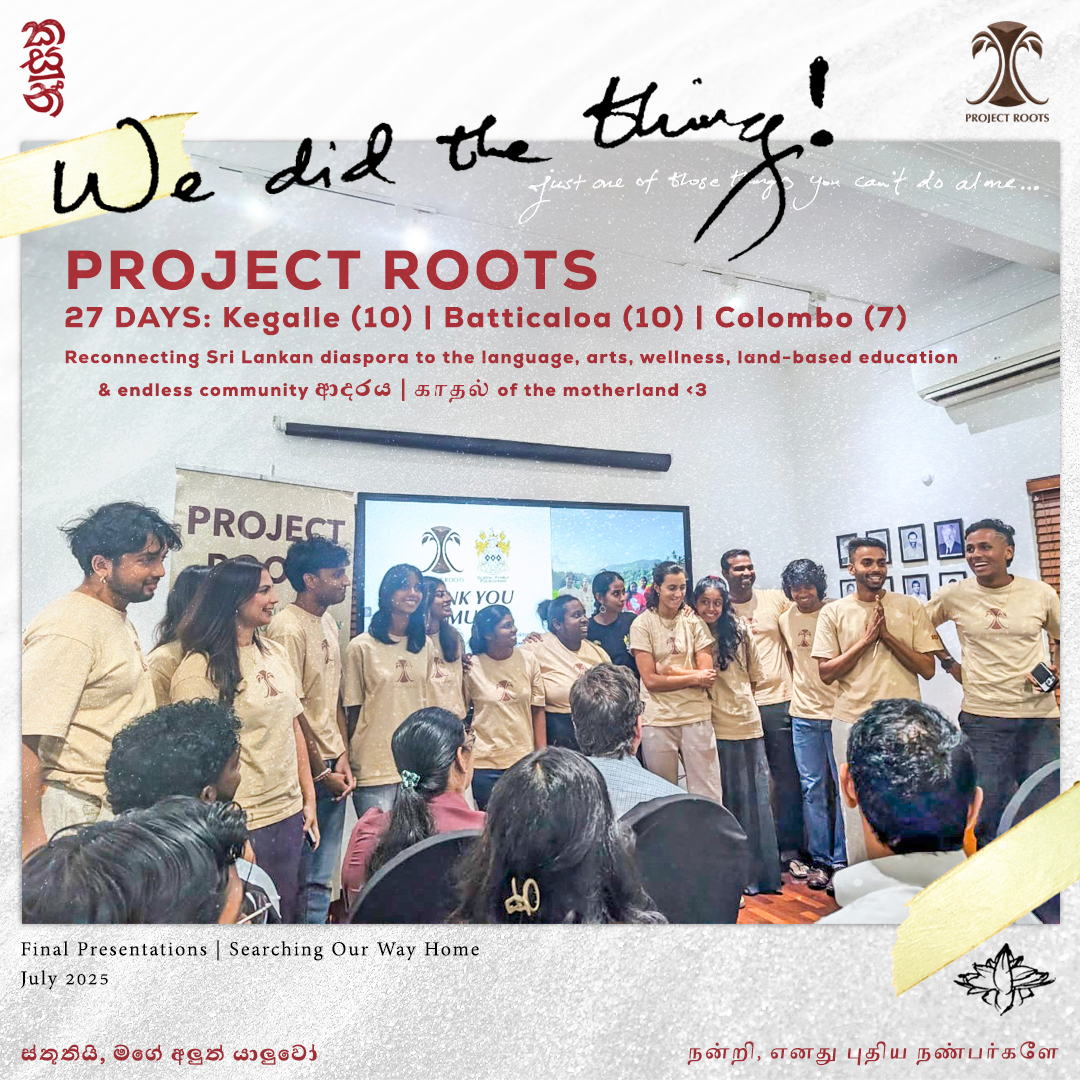

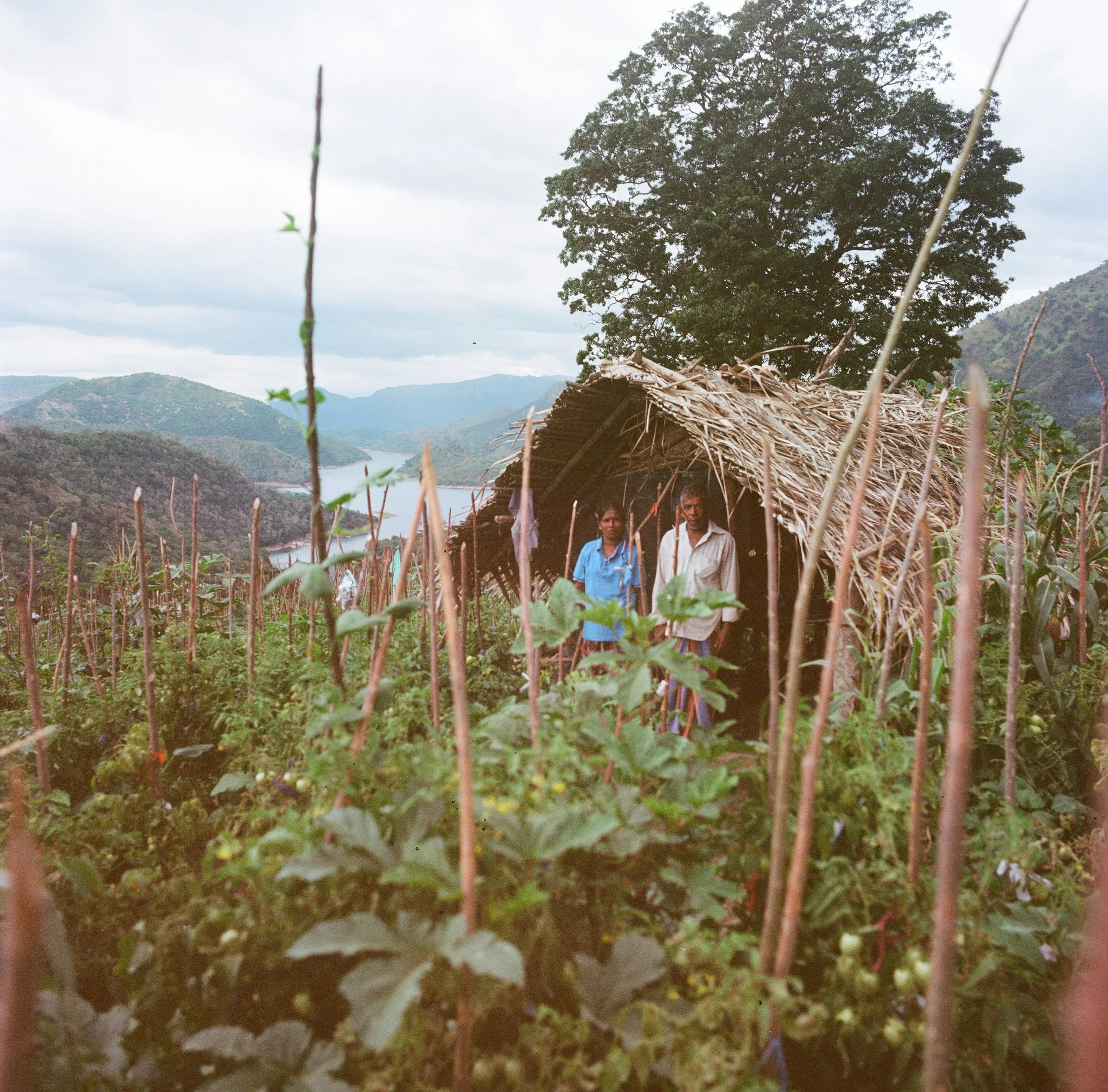
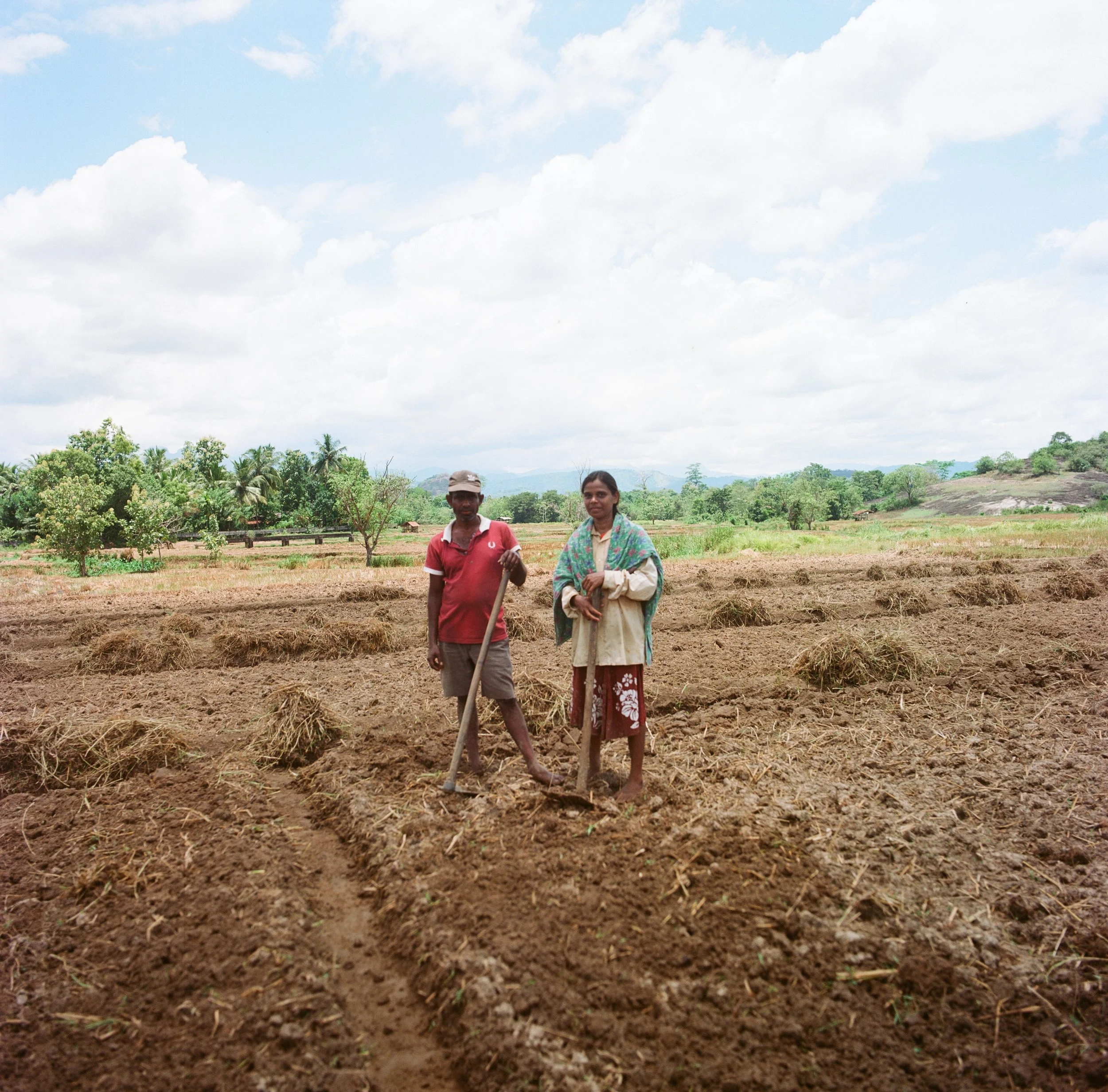


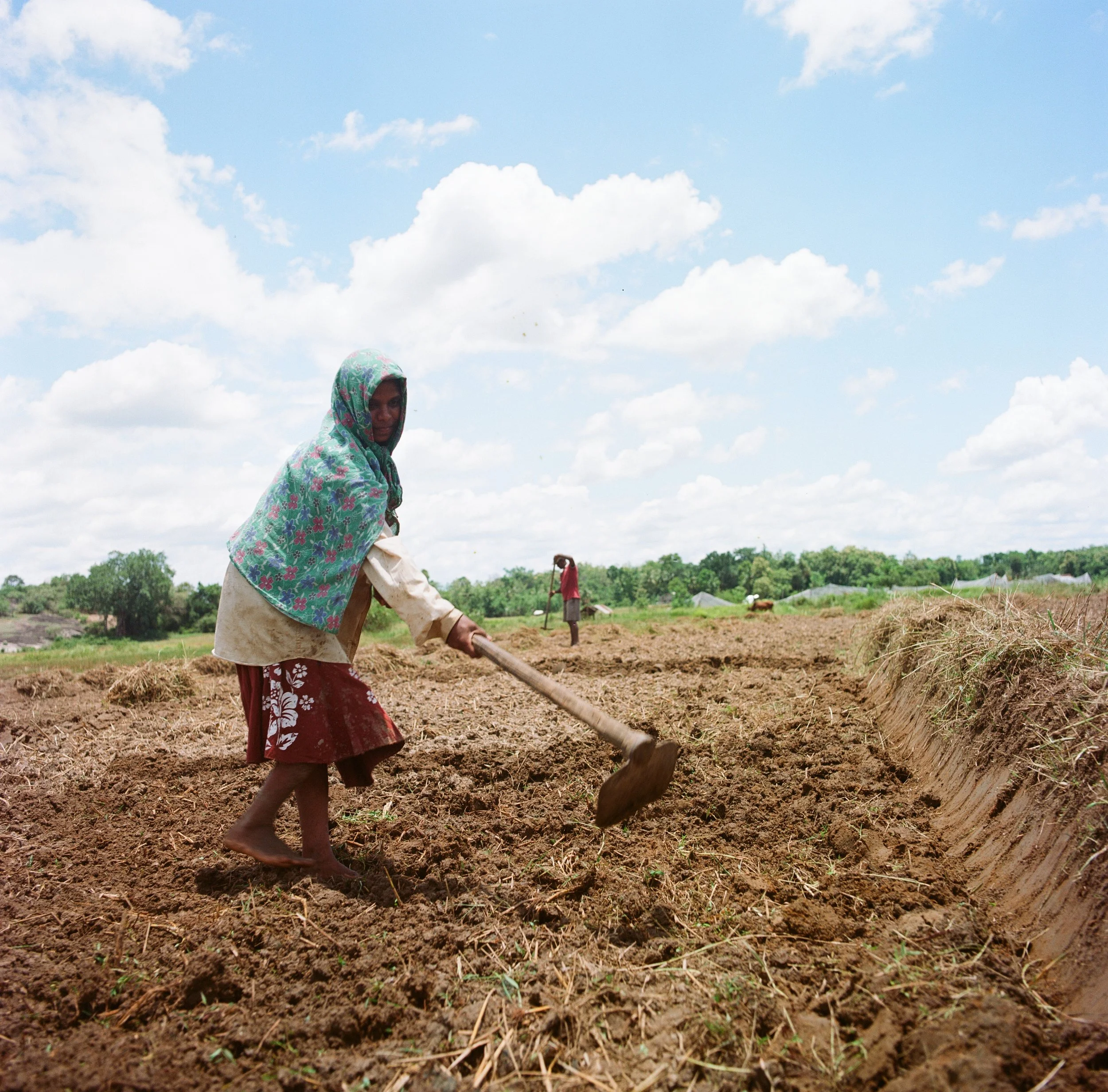
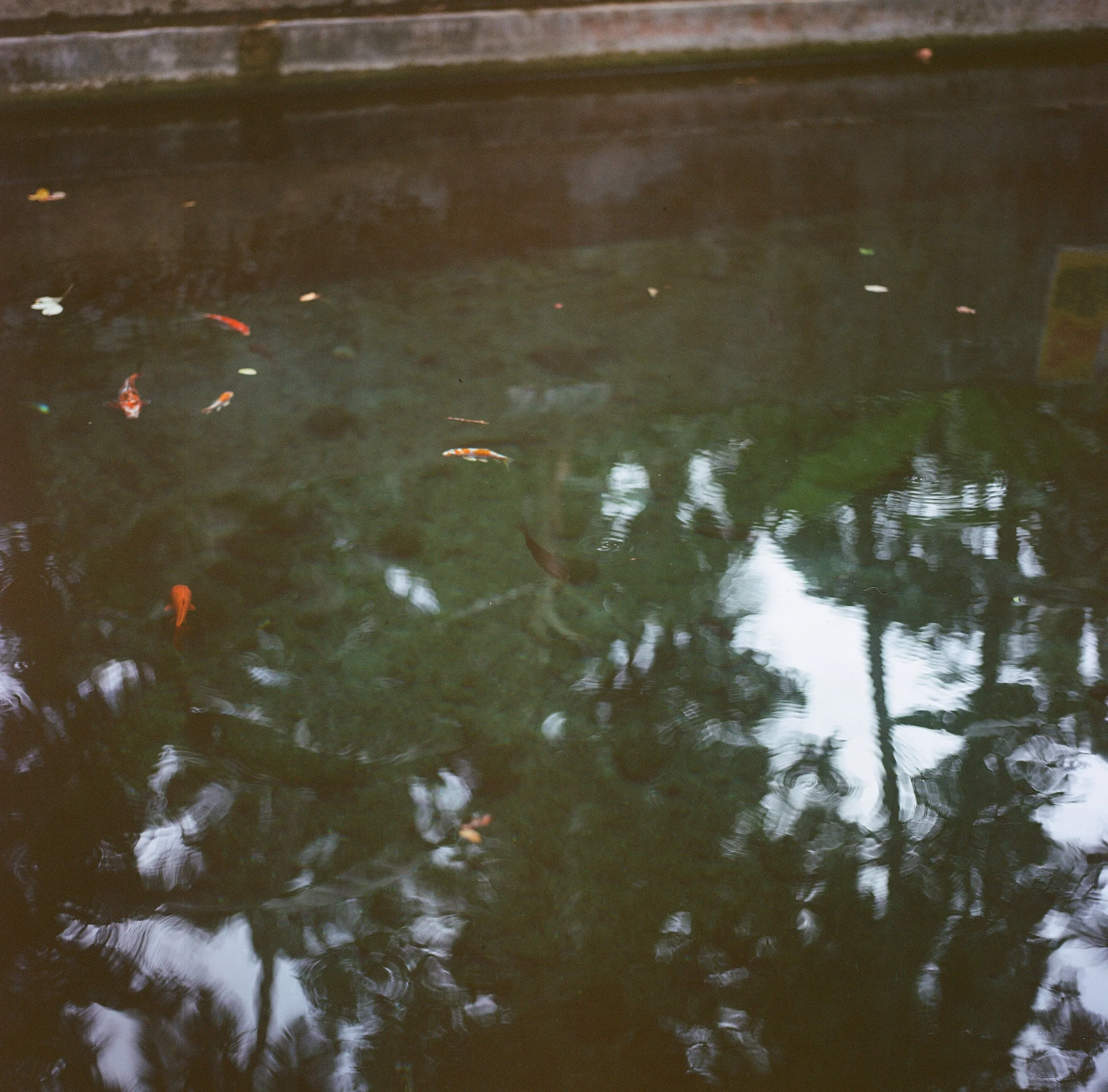





![Our Dry Zone Farmers [stills under a scorching sun] 🌞
Had the honor to interviewing a ton of large and small holder farmers throughout the north, east, and central parts of Sri Lanka. For the past two years, I’ve been researching issues they](https://images.squarespace-cdn.com/content/v1/677885cd3220f27ff6e58dfd/1748534881637-RO4V1VEJ7Q4ZIXHK7PFQ/image-asset.jpeg)





